Brands are operating in a world that has changed. Yet many brands (and their agencies) still engage you, the consumer, like it's an episode of Mad Men. The old goal of marketing was to "buy eyeballs" of passive, reflexive consumers, relying on repetition, slogans, empty claims and of course massive impressions to pummel the consumer down the purchase funnel. Traditional media (radio, TV, magazines, billboard, even Internet) was king. And as king it demanded and rewarded gating value behind advertisements. We grew up learning we received the reward of content after we paid the cost: absorbing an ad. This worked when the consumer had few options, little control and limited access to content outside corporate-controlled distribution channels. However, the cracks began to show with the Web and the traditional landscape has become unglued with the introduction of streaming, social and now mobile. Consumers have become increasingly averse to and intolerant of being led by marketers and are now far more capable of filtering out ads and demanding products and services that truly solve real needs. This applies particularly well with mobility, which allows consumers to get the content they want anywhere they want it.
This shift is not going anywhere. Smartphone penetration in the United States has reached a watershed moment -- 53 percent according to a comScore report released in March. Smartphones/tablets and all those apps on home screens have rapidly become the new front lines in the war between consumers and engagement, replacing or complementing traditional channels like TV and radio. Amongst brands, marketers and developers, one of the most important and opinionated sub-plots has been about how to best develop those applications -HTML5, native or a combination of both. On the one hand, many are advocating the use of HTML5 as a way of speeding development, deploying across multiple platforms and lowering costs. The argument: HTML5 equals more eyeballs at a cheaper cost with less time. On the other hand, native apps take longer to develop, are platform-specific and cost more money. Seems like an easy argument for brands to settle, right? Why the debate?
Think about what compels you, as a consumer, to download an app or a piece of content on your smartphone. As consumers, we ruthlessly seek real value and solutions to the jobs we download apps to do. Compromises, shortcuts, time to market may make a brand's life easier and lower their costs. But what draws most of us to download and use an app consistently is an immersive, full-featured responsive experience that provides real value by solving a problem. Recently, my agency commissioned YouGov to understand what consumers cared about with apps. In the resulting report, we found 70 percent of American smartphone owners use 10 apps or less regularly (weekly or more often). Considering that an iPhone home screen shows 16 apps per page, the overwhelming majority of Americans are using just over half a home screen of apps regularly. The truth is, most of us have dozens if not hundreds of apps installed on our smartphones, yet beyond those "magic 10" lies a graveyard of used-once but "didn't-see-a-need-to-use-again" apps. What do those "magic 10" have in common? Real and evolving value.
So, while brands and marketers are (rightly) concerned with ensuring their apps are downloaded, it really is only the start of the battle. From there, more attention needs to be placed on the question, "has my brand created an immersive, compelling experience that adds real value for my customers?"
That's where the quality and capability of apps is critical, because consumers care and are entirely in control of what apps they download and use. Compromises and shortcuts may seem quicker or lower costs for brands. But if the app fails to do the best job for the user, does it really matter?
The brands and marketers that embrace delivering sophisticated mobile apps with real value will continue to see downloads, engagement and brand equity flourish in users' "magic 10" position. For brands that are serious about their mobile strategy and want to move past the Mad Men attitude toward mobility, there is really only one option -- and that is native development.